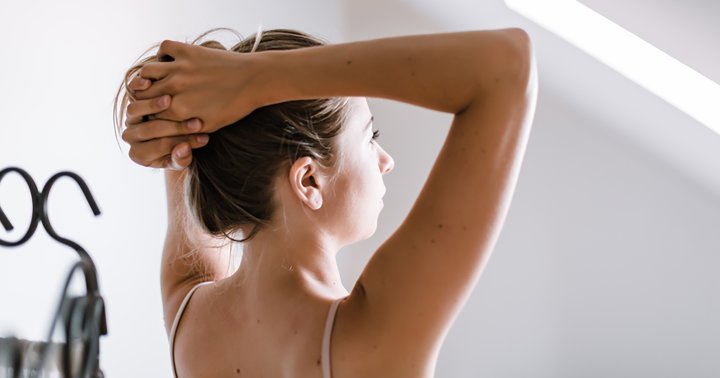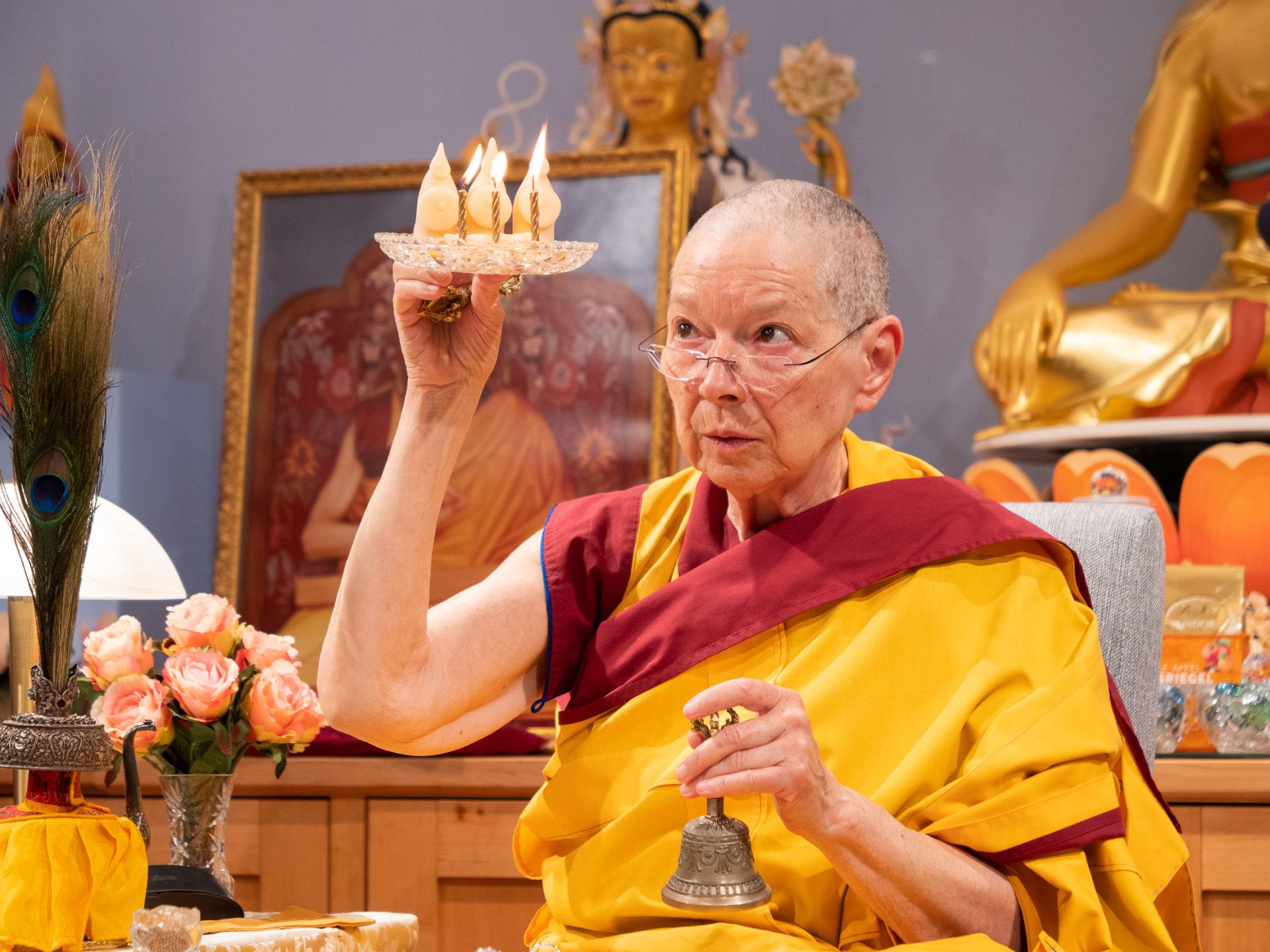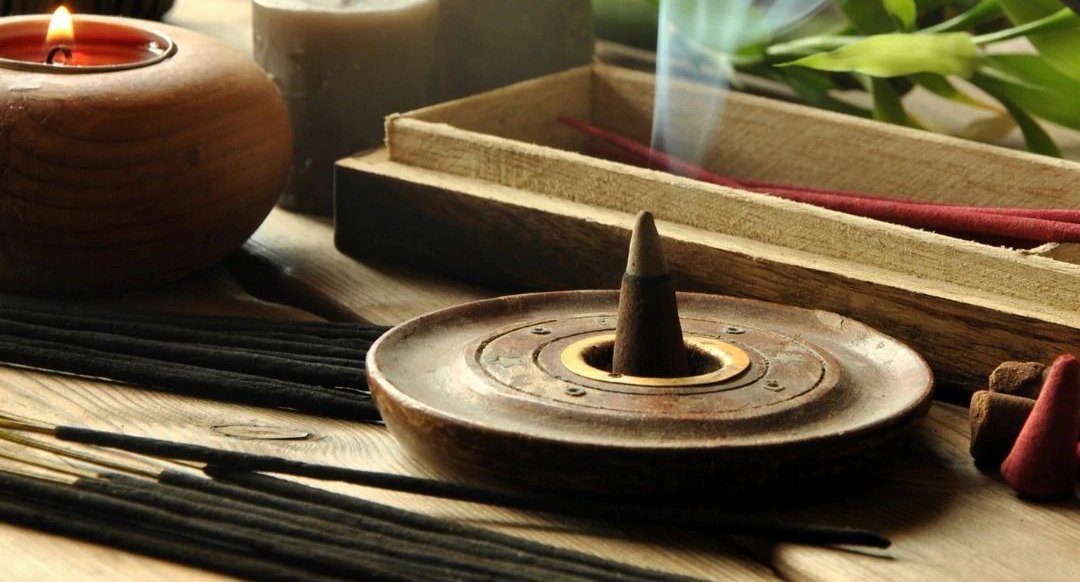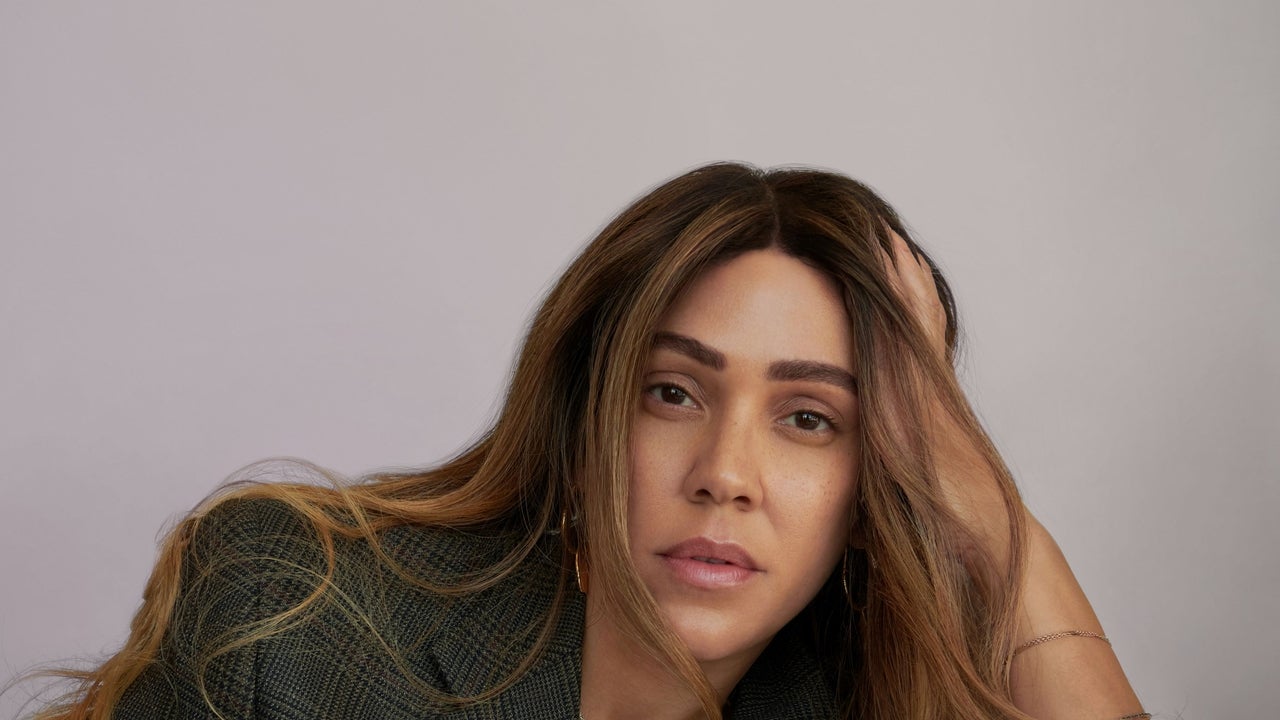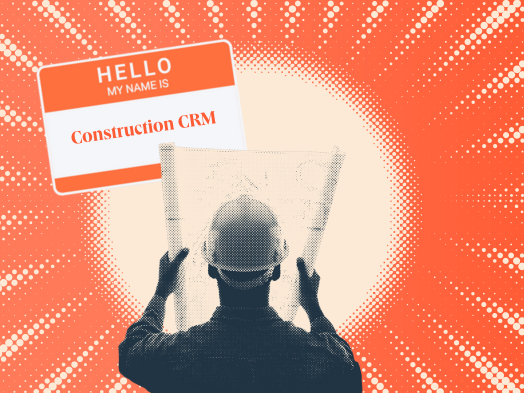Inviting Disability Awareness into Zen
The cofounder of the Soto Zen Buddhist Association’s Priests with Disabilities affinity group talks with Tricycle about where Zen and disability meet. The post Inviting Disability Awareness into Zen appeared first on Tricycle: The Buddhist Review.
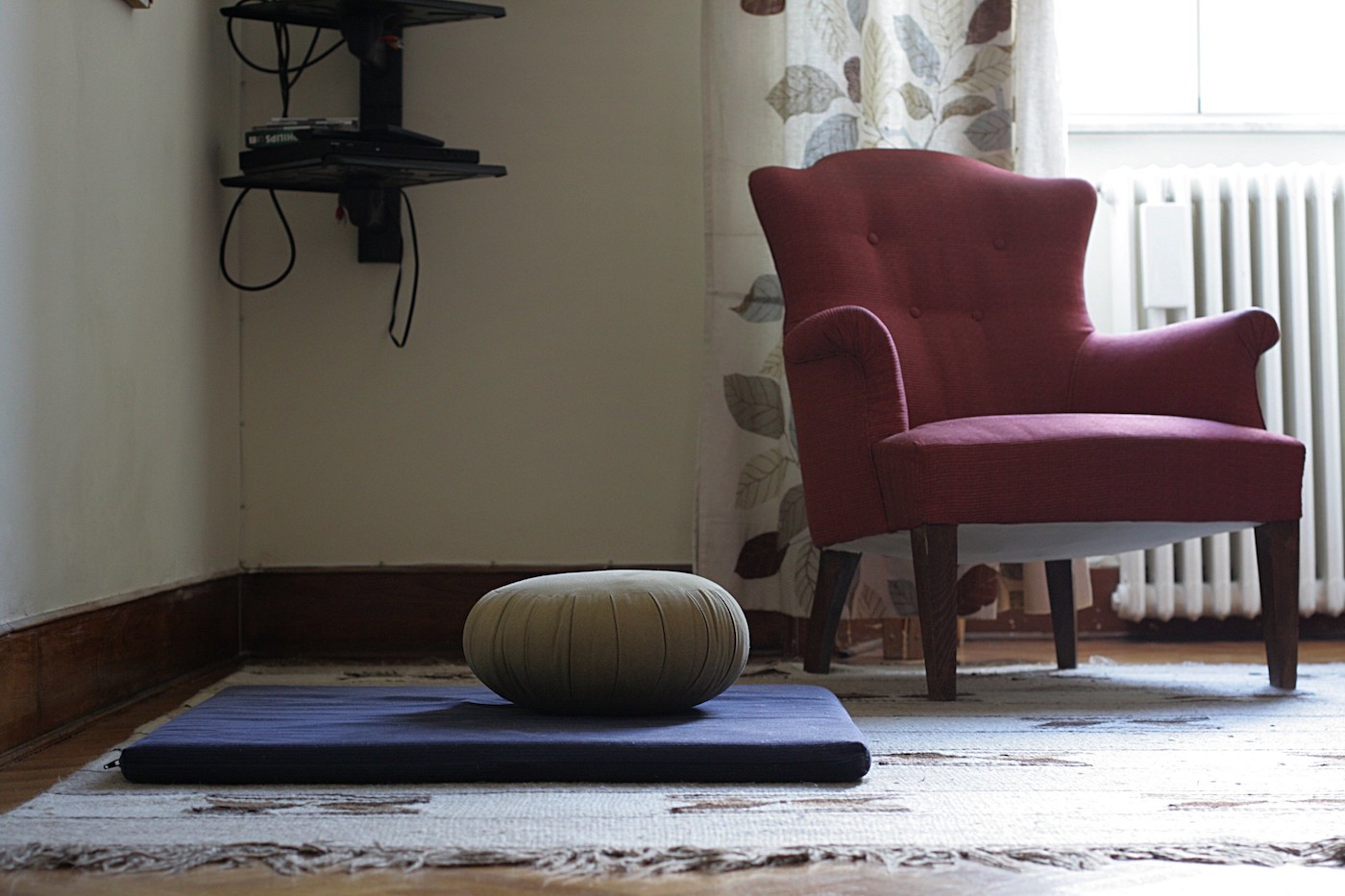
Annalisa Rakugo Castaldo is a Soto Zen priest with Soji Zen Center in Lansdowne, Pennsylvania, and an English professor—with a focus on Gender, Women and Sexuality Studies as well as Shakespeare and other early modern dramatists—at Widener University in Chester, Pennsylvania. Rakugo received priest ordination in 2014 from Jules Shuzen Harris Roshi (1939–2023) and is currently a student of John Ango Gruber Sensei. After serving on the Soto Zen Buddhist Association’s DEIA committee for a number of years, in 2021, Rakugo cofounded SZBA’s Priests with Disabilities affinity group alongside Andrea Grant, a long-standing disability justice advocate within the Zen community. Last October, SZBA’s Priests with Disabilities affinity group premiered a two-part Disability in Zen Workshop series. While addressing topics related to ableism at large, the series also worked to cultivate curiosity around where disability and Zen meet and diverge.
Tricycle recently spoke with Rakugo about her experience organizing around disability justice in Zen, the difference between pain and suffering compared to difficulty and damage when gauging discomfort in practice, and her hopes for future collaborations on greater disability awareness across traditions.
***
How did you become the leader of the Soto Zen Buddhist Association’s Priests with Disabilities affinity group? In 2020, when I was the chair of SZBA’s Diversity, Equality, Inclusion, and Accessibility committee, SZBA was interested in creating affinity groups. Andrea Grant reached out, asking if there was any work being done on disability. Before this moment, I had never considered my personal disability or the absence of disability awareness in dharma spaces. Shortly after, in 2021, we cofounded the Priests with Disabilities affinity group. Andrea has since stepped away from Soto Zen, in search of other traditions that are more amenable to her particular needs.
We have had monthly meetings since 2021. Our goal is to check in on and support each other as well as to think about how we can reenvision some parts of Zen to be more supportive to people with different disabilities, without diluting the tradition. We think that reenvisioning is very possible and, in fact, true to the spirit of Buddhism.
Could you please name where elements of ableism materialize in Buddhist spaces, rituals, or teachings? All my examples come from Soto Zen, so I don’t know for sure that these are examples that would fit elsewhere, but I tend to think so.
At the core of Zen and a lot of Buddhism is the idea of meditation—of finding a posture and holding that still while you calm your mind and stay present for what is. There are moving meditations, but they’re generally seen as secondary to zazen or other forms of sitting meditation. From my understanding, there are a lot of people who feel that they are second best or even a failure if they can’t sit on a cushion. If they need a chair, they aren’t doing it right.
While pretty much every sangha I’ve ever heard of has chairs, very few centers allow lying down meditation or have room in their zendo for people to lie down if they have back problems or severe fatigue. Often this lack of accommodations is enacted because lying down isn’t considered acceptable or provided for, even though it’s one of the positions that the Buddha labeled as a meditation posture.
Whether standing or walking, seated or lying down
Free from drowsiness,
One should sustain this recollection.
This is said to be the sublime abiding.
It’s not exactly saying the four positions are meditation positions, but that meditation can happen in all those states.
Another level up from that—and this is where it gets tricky—is that stillness is considered really important in zazen. When I lead an intro to meditation, sometimes I tell people, The reason we asked you not to scratch your nose is because you’re telling yourself you can only be happy if everything is the way you want it. And that never happens, right? Everyone always agrees.
But what about an autistic person who needs to stim or play with a fidget toy to feel calm? Can we ask that person to sit still for twenty, thirty, or fifty minutes without moving? Is that fair to them, as it is to a more neurotypical person? Not that neurotypical people don’t have problems sitting still, but it’s a difference between difficulty and damage.
People are generally not thinking about how there can be a direct conflict between what someone needs as an accommodation and what Zen asks people to do.
So that’s one example of a very central thing in Zen that needs significant change in order to make these practices work for people. However, temples and centers are usually focused on the physical space, often noting that they don’t have the money or space for changes. Disability becomes about whether or not the building is handicap-accessible. People are generally not thinking about how there can be a direct conflict between what someone needs as an accommodation and what Zen asks people to do.
How do you navigate stigma around disability in new social settings? And what are some of the most common preconceived biases you encounter in these spaces? The big one, I think, is the specific posture practitioners are expected to hold and the length of time people are supposed to sit, which is difficult for a lot of people with disabilities, for different reasons.
I think of all the people in Zen that I know, and all the sanghas I’ve visited—which is not a huge amount—people have very much wanted to be inclusive, and teachers have very much wanted for those coming in to feel welcome—but you don’t know what you don’t know. And for a lot of sanghas, the teachers they have are mostly older people who were brought up in that sort of second generation of Buddhism, that happened in the mid-20th century in the West, where many teachers were trying to emulate that very pure type of practice.
My former teacher, Shuzen Roshi, once told me that when he was at Zen Mountain Monastery, the people who were the most admired were the people who didn’t get up and walk during kinhin (walking meditation). And so they would sit through two thirty-minute periods and a ten-minute period of walking meditation—as a sign of their dedication. That’s maybe OK for some people, but it’s not something to be admired. It’s just different.
So part of it is there’s this sense that in Buddhism, if you can let go of attachment, then you’re freed from suffering, meaning you’re safe, meaning nothing will bother you. And so feeling like you can’t sit, or you are overwhelmed (and this has happened to me) feels like: I’m a bad practitioner. If I really practiced with my whole heart and body, then I wouldn’t have this pain. Or it wouldn’t bother me. This train of thought is ridiculous, yet it still affects me even though I know it’s ridiculous. And so I can only imagine how it affects people who are just starting with a disability, or who are disabled and are just starting to practice.
There’s no representation of someone saying, Oh well, I can’t do kinhin because of neuropathy, so I’m just going to go sit in the vestibule instead of doing the kinhin—or—I can’t do full bows, and I’m not going to be ashamed of that. There’s always an air of, Well, if you can’t do a prostration, are you really doing the ritual correctly?
One of the great gifts practice has given to me is being able to untie that knot that connects pain and suffering. And this also allows me to be kinder to my body, because I can more fairly judge what needs tending to.
What are helpful examples of accommodations or adaptations that can be made to traditional Soto Zen rituals and spaces? An easy way to make everyone feel included and resourced is through language.
Would you prefer a cushion, chair, or kneeling bench? Are you comfortable doing kinhin? If you want to do full bows, this is how we do them. But that’s not required.I also think it’s helpful for senior students or priests who appear able-bodied to be seen sitting in a chair or doing something different so it’s not only the old and sick people who sit in a chair.
Additionally, if some senior student or a teacher is doing interviews with new people, to actually ask questions: Do you need any accommodations? How are you feeling about this practice? Is it difficult for you in some way?
Sometimes the answer is that difficulty is part of the practice. And sometimes it’s: Oh well, you know, I understand that facing the wall triggers your OCD, and in Soto Zen we do traditionally face the wall, but how about if we put you in the front row so you’re actually facing the second row of people who are facing the wall? Or if that doesn’t work, yes, you can sit facing forward, that’s fine.
One example that’s not sitting related: If you’re at a temple or a center that has chanting, I think it’s helpful if some people—who clearly have been there for a while—to still use sutra books, regardless. That way, no one feels like: Ah, if I want to be here, I have to memorize all these things.
Tell me about your role in SZBA’s Disability in Zen workshop series? I think all of us at SZBA wanted to expand our reach and not just be talking to ourselves. Everyone involved with the Priests with Disabilities affinity group contributed and helped to create and form the approach. I brought it to the board, and they were thrilled. It was seamless and straightforward.
One point I want to stress is that while Andrea couldn’t be part of that workshop, she was the one who really first had us asking these questions about accessibility. What is at the heart of our Zen practice? And is there a place where there are conflicts that can’t be worked out?
If the idea is that we all have buddhanature and everyone can become enlightened—which is the basis of the Mahayana tradition—then how can we say that someone can’t practice if they have to stim, or they have to sit with the lights on, or they can’t sit at all?
On the other hand, we wanted to recognize that Soto Zen is a specific tradition. And that perhaps there are things that are important to the tradition that if someone can’t do them, that perhaps another form of Buddhism would work better for them. And I actually don’t have any specific examples of that, because I do think Zen can be made flexible to meet anyone’s needs, but not everyone feels that way. And I think that is valid. Hopefully, there is an attempt to meet people where they are, and to value accommodation of individuals as much as the tradition of the lineage.
Could you speak to what you think the series has accomplished? So there were two workshops. The first workshop was based around the idea of “What We Don’t Know” and how multifaceted and huge Disability Studies is. We talked about ableism, we talked about the models of understanding disability—which I think are as valid in Buddhism as they are in the world in general—and then we discussed how to support people who are coming in requesting accommodations.
The second workshop asked: “What Does Our Tradition Really Need?” What does a priest have to be able to do? And are there alternatives? Are there accommodations that just won’t work for the role of Zen teacher or Zen priest? And what does the tradition say? In the second workshop, we had slides with quotes from various sutras and Dogen about bodies—some of them can be really harsh. Some of them can be like, Screw you, sit! They don’t care if you starve to death, it’s not important in terms of enlightenment. Others were like, This body is the Buddha’s body, and you need to care for it and be gentle with yourself.
Another thing I would love to see Buddhism further untwist is the Western belief of the body-mind split, which I think now in the 21st century we understand as incorrect. We’ve recognized that the gut biome is basically a second brain. We’ve recognized that moods are physical and physical problems are mental as well, because they’re totally intertwined. But we come from this very sort of Descartian tradition of the little self driving the body around from inside the brain, and that leads to a dismissal of the body’s needs.
Could you tell me about the intersection between disability justice and your work on the DEIA committee? Recently, after four years serving in the DEIA committee, I stepped away, because I don’t think it’s good for any group to have the same leader for too long. I also wanted to get more involved with disability, specifically, rather than all of the things that the DEIA committee was doing. But what I will say is that the DEIA committee is committed to looking at different facets of unhelpful hierarchies and toxic beliefs. And so, for example, this year is the year of women at SZBA. And we’ve put on, I think, ten different programs since January 2024 about women’s position in Soto Zen.
When I was first on the committee in 2020, the immediate thing that came to mind was racism, because of George Floyd, as well as the many, many other Black people who had been murdered by police. And so we hosted two “Unpacking Whiteness” workshops, which were very well attended. Moving forward, I think the next subject they are going to talk about is class and how Buddhism can be expensive. And again, it’s like, Are you doing it right? Are you going on retreats? What about people who can’t take a week off from work? What about people who can’t afford robes?
How have you learned to gauge your capacity to endure pain throughout practice? I had been studying for about three years at Soji when I developed rheumatoid arthritis. I tried to use medications to suppress it, but still, I had to constantly cycle through new medications within a year to eighteen months. It’s very unpleasant, and I’m in a lot of pain. And it varies a lot. Sometimes I have a couple of months where I’m good. Right now, for example, not so much.
I think there’s a difference between pain and suffering. And I know that’s really obvious, but I think it needs to be repeated. Pain is a signal from the body that something’s wrong. My body gets the signal constantly wrong, but it’s still a legitimate signal. And suffering is how we feel about that signal. One of the great gifts practice has given to me is being able to untie that knot that connects pain and suffering. And this also allows me to be kinder to my body, because I can more fairly judge what needs tending to.
For example, last night, I sat in a chair. Usually, I sit on a cushion because my feet are sort of the most painful thing for me, and to have them press on the ground is actually worse. But my back and hips were really bothering me. And so, I made the choice to sit in a chair—no one cared, no one thought anything of it. And I didn’t either. But a couple of years ago, I would have thought I was a failure for moving to a chair. So I’m glad that that connection has been separated a little and I can be aware that they’re different.
The other great gift the practice has given me is to recognize that, moment by moment, no matter how much pain I’m in, I can relax into it and be aware that it’s not the only thing that’s going on.
Pain can feel overwhelming, especially if it’s severe. And it can create anxiety that it’s never going to change; it can create a sense of dread. But there’s also the smell of the incense, and the breathing of the person next to me, and that my friends are there if I need them. And that is not to say that it makes the pain go away, but I find it much easier to sit in my sangha than at home, because I just feel surrounded by this energy of You’re safe here. And what the practice has given me is the ability to carry that sense of safety out into the world with me. The freedom to ask for what I need and to also recognize that the pain is not the beginning and end of me.
How else would you like to see the conversation on disability expand? I would love it if we could get a variety of traditions in conversation to talk about the texts they find most important and how those do and don’t support bodies and minds. We’re such a small group at the moment. I think that we’re doing good, but there could be so much more. I would welcome anyone to reach out to me and our group. Maybe we could have a one-day conference on Zoom for people of all traditions to say how they support people who have some sort of disability—whether it’s trauma, physical disabilities, mental illnesses, neurodivergence, or learning disabilities.
I would love it if we could get a variety of traditions in conversation to talk about the texts they find most important and how those do and don’t support bodies and minds.
How can we, as American Buddhists, look at our very troubled society and the anxiety of the times we live in—I’m so wishing for precedented times, everything’s unprecedented, I’m over it—how can we make this tool (and this practice) more widely available? I know people are working on that in lots of ways and disability is not the only thing—we need many more people of color and immigrants and non-native English speakers in this country who have access to Buddhist practice, no question. But this is the thing I would want to see and could work on and that I think could be really valuable.
Is there anything else you would like to share before we close? I just want everyone to know that no matter what your body or mind is capable of, or how it works, that Buddhism is for you, if you want it. And that it can be a huge source of healing. And if it’s not a source of healing, then it’s not your fault. It might not be the tradition for you, or you might have run into a particular person who’s not aware or has some issues of their own. But it’s never you, it’s never your fault, if this isn’t helping.
Two works that I think are helpful in developing a more inclusive and practical sangha are:
Turning Suffering Inside Out, by Darlene Cohen (Shambhala Publications, 2002) A Thousand Hands: A Guidebook to Caring for Your Buddhist Community, edited by Nathan Jishin Michon and Daniel Clarkson Fisher (Sumeru Press, 2016). This is not a book only about disability/illness; there are fifty essays on different topics, all written by Buddhist chaplains. This is the only book I know of that offers some insight into how a teacher might help a student with disabilities, or make a sangha more inclusive.This interview was edited for clarity and length.

 Koichiko
Koichiko 







